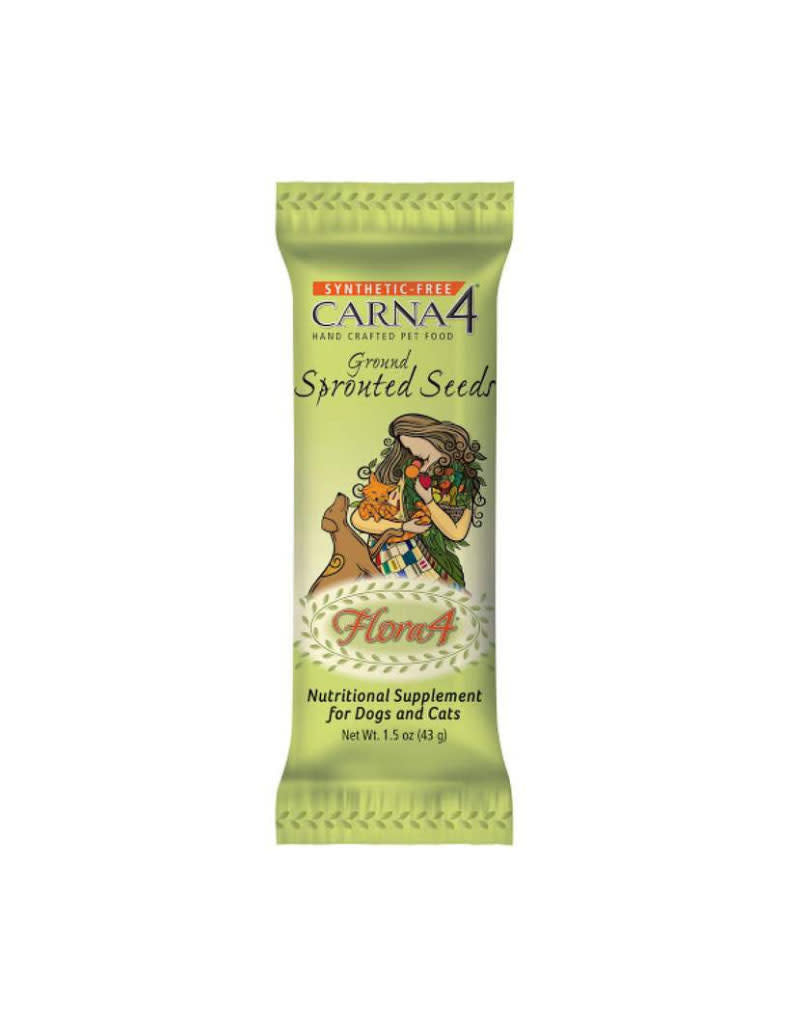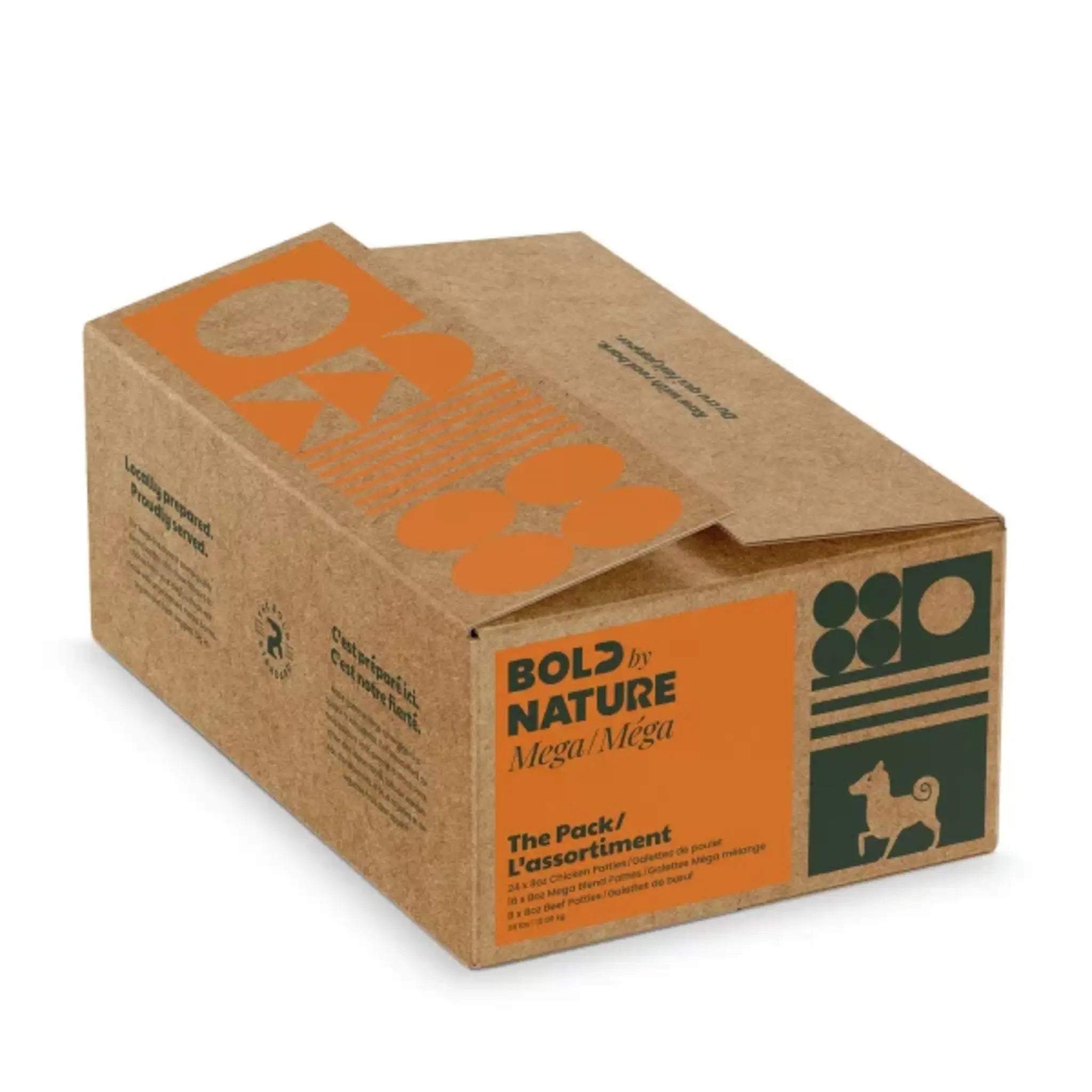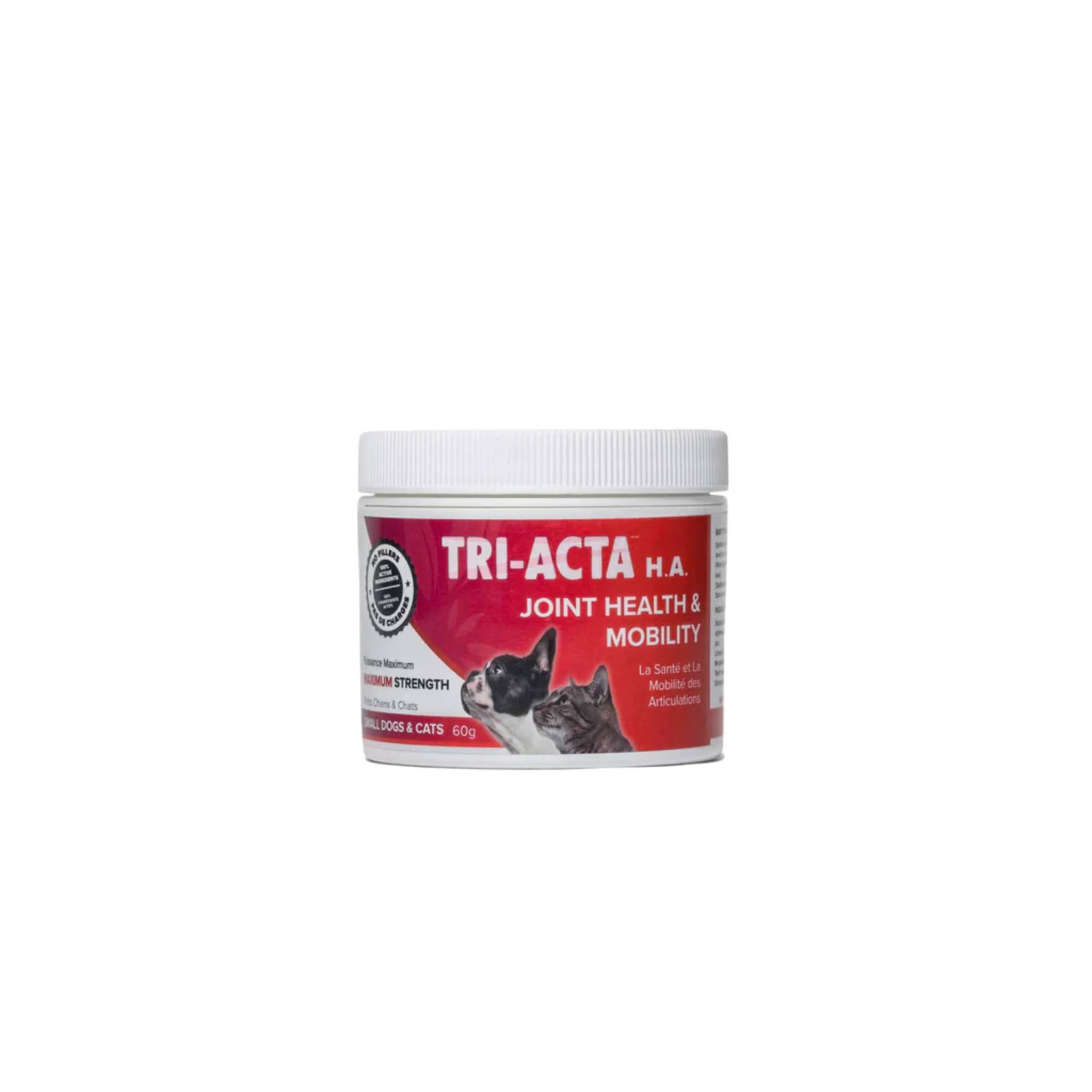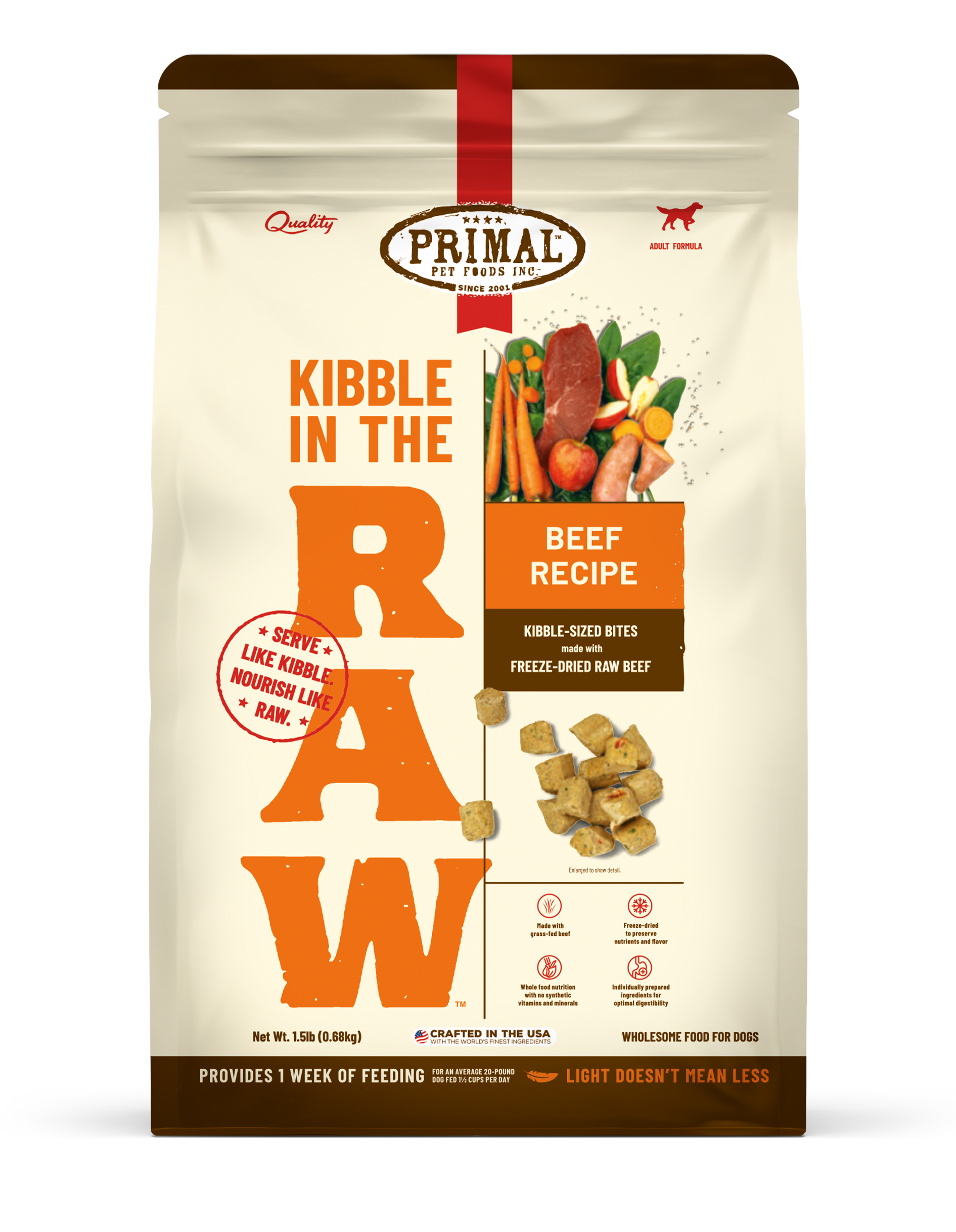When choosing pet food you’ll find a wider range of options than ever. They often get placed in general categories like good, better, or best, or, since we’re in an Olympic year, you could flip it to Gold, Silver, or Bronze. Whether your pet is a track star or the stroll around-the-block type, quality food is at the core of optimizing their health and we want to share our ranking for the main food types.
We encourage feeding your pet the best nutrition for your budget and lifestyle. And while you may find people, stores, blogs, etc. who think it's “raw or bust”, we’ve been doing this long enough to know it's not practical for everyone and, truthfully, there are good, better, and best options within each category. Lots of options we don't recommend as well; we briefly touch on that below it's a topic that deserves its own blog.
The key to a healthy pet diet is providing fresh, varied options that closely replicate what nature intended. We want to ensure a balanced, complete, rotational diet biologically appropriate for your cat or dog. Let’s look at how we rank pet food by category.
An overview of each category of pet food
Note: This is intended to provide a high-level view of the pet food market for dogs and cats. We'll perform a deeper dive into individual food types soon.
Important – All foods within a category are not created equal. e.g. all raw is not awesome raw, just as all kibble is not awesome kibble. We will discuss what to watch out for in a separate blog. For this blog, our comments assume that each food is responsibly manufactured with high safety standards, quality ingredients, balanced and complete nutrition, and lots of transparency. If you’re unsure about a food contact us and we’ll help you analyze it.
And no matter what route you choose, it’s important to offer variety. Rotating your pet's diet is the best way to ensure they get the best of all worlds. Remember to read and follow the manufacturer’s recommendations for using and handling their products.
Raw Pet Food

Raw pet food is the best available option for most pets. It most closely mimics their natural, biologically appropriate, ancestral diet. Often human-grade ingredients are prepared and frozen to lock in peak nutritional value. Feeding high-quality raw pet food provides a fresh, minimally processed, high-moisture meal that will benefit digestion, skin and coat, bowel movements, and much more!
How to use: Thaw appropriate portions and serve to provide your pet with the best available nutrition. Rotate proteins to offer variety.
Price Range: $$-$$$$
Freeze-Dried Food
High-quality ingredients are flash-frozen at low temperatures to remove moisture. This process preserves nutrients better than other processing methods, minimally disrupting ingredients' integrity including proteins, vitamins, and minerals. Freeze-dried foods are close to raw food in nutritional value and offer the convenience of a kibble.
How to use: Feed it as a meal, topper, or treat.
Price Range: $$$-$$$$
Gently Cooked Food

Gently cooked foods are most often cooked sous vide style. Low and slow cooking kills food-borne pathogens while maintaining high palatability. This most closely imitates a home-cooked meal with a stew-like consistency. You’ll provide complete and balanced nutrition with a taste most pets love.
How to use: Defrost overnight and serve the next day. Feed as a meal or a topper.
Price Range: $$$-$$$$
Dehydrated Food
Another low and slow process, dehydrated pet food is made by removing moisture from ingredients using warm air. This is different from freeze-drying, which uses freezing and vacuum drying. Low temperatures mean higher preservation of essential nutrients while providing them at a higher concentration, meaning a bag stretches farther than you might think. Convenient, healthy nutrition.
How to use: Feed as a meal, topper, or treat. Can be rehydrated to increase palatability and moisture content for your pet.
Price Range: $$$-$$$$
Canned Food aka Wet Food

Quality canned food is a good option for your pet. It’s less processed than kibble and includes a much higher moisture content. Rich aromas may help a picky eater. These foods work best as toppers or occasional meals for dogs, and we highly recommend cats receive wet food regularly. Remember to refrigerate unused portions and follow the brand’s recommendation for when to discard them.
How to use: Feed as a meal, topper, or treat.
Price Range: $$-$$$$
Kibble

Kibble joins the list as the most processed food. It’s typically cooked at high temperatures quickly, then coated in fats and flavours to increase palatability. That said, premium options are available and you'll even find some options are cooked lower and slower for increased nutrient retention, digestibility, and palatability. While we'd love for all pet parents to feed from the Better & Best categories, we understand it's not practical for everyone. Feeding kibble is a fine choice, we simply encourage using it as your base meal and adding moisture, and toppers from the other categories to ensure your pet is getting nutrition from multiple sources as often as possible.
Find a kibble that contains named meats high on the ingredient panel and is low in carbohydrates (<40%). Avoid kibble that contains by-products, corn, wheat, soy, and unnamed animal ingredients. We're happy to review foods for you.
How to use: Feed as a meal, topper, or even a treat. We encourage adding moisture and toppers from the categories above
Price Range: $-$$$$
Adding Moisture

Adding moisture to your pet's diet helps with hydration, palatability, and digestion. Some great options are canned food, bone broths, fermented milk, oils, and even water.
How to use: Add to any food category to boost their bowl! Start slow and avoid leaving the food out too long as it can spoil.
Price Range: $-$$$$
Transitioning Foods
While we encourage variety it's important to note that when changing to new foods, we recommend transitioning over 7-10 days. The general timeline is:
Day 1-2: 25% new food / 75% old food
Day 3-4: 50% new food / 50% old food
Day 5-6: 75% new food / 25% old food
Day 7: 100% new food
Important: Pets with sensitive stomachs or food allergies may need a longer transition period. It's essential to monitor your pet's response closely during this change. If you notice any concerning signs, such as changes in appetite, vomiting, or diarrhea, slow down the transition process. If issues persist despite a gradual switch, consider trying a different diet that may be better suited to your dog's needs.
Conclusion
Gone are the days when your choices are limited to kibble or can. The evolution of pet food is a great thing and it’s a reflection of how we view our pets. They’re family and we want to give them the very best life we can, and a major pillar of that is healthy food. While there's a lot to (excuse us) digest here.
- Choose premium products from any category (find reputable brands)
- Offer variety
- Less is more – Less processing equals more nutrition
- Add moisture at meal time and always provide fresh water
- It doesn't have to cost a fortune. Lots of ways to boost their bowls
- We love beautiful packaging, however, it's what's inside that counts
- Do the best you can and have fun with it! Your pet will thank you!
We'd like to leave you with one final reminder. All pets are different and this may apply to their dietary needs. What works for some, may not work for you or your pet and that's okay! With so many options available there's something for everyone.
Stay tuned for deeper dives on each category.
We love talking about pet nutrition! We provide a judgment-free environment to discuss your past, present and future of pet food. Visit us in-store or onlineThe Team @ Grindstone Pets







Leave a comment